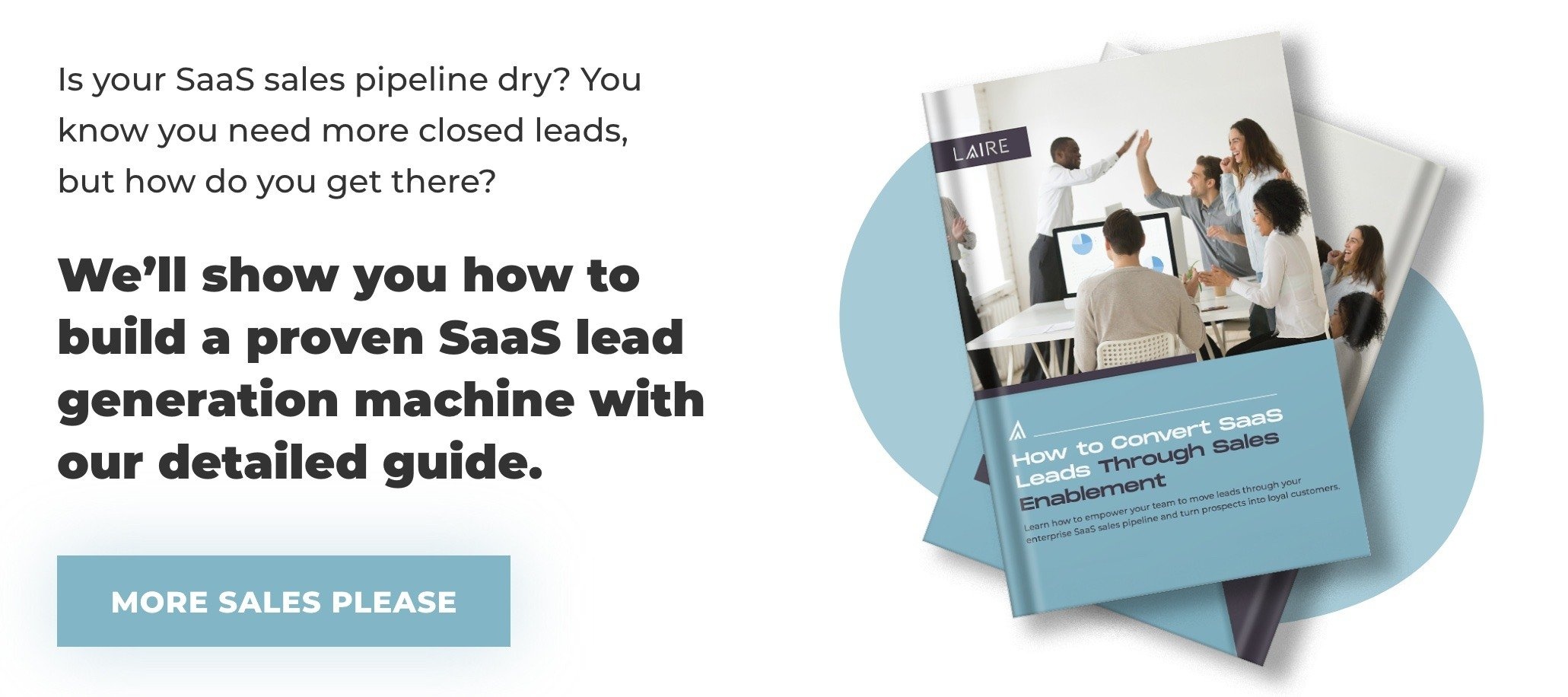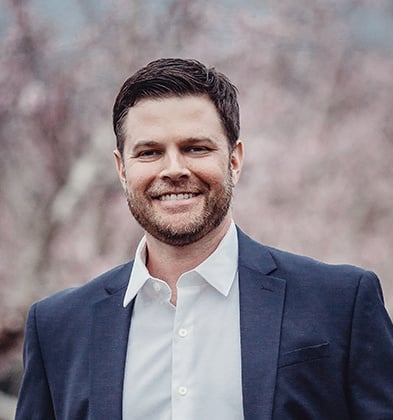Did you know that the software as a service (SaaS) market is predicted to grow from $257 billion in 2022 to $1,298 billion by 2030? 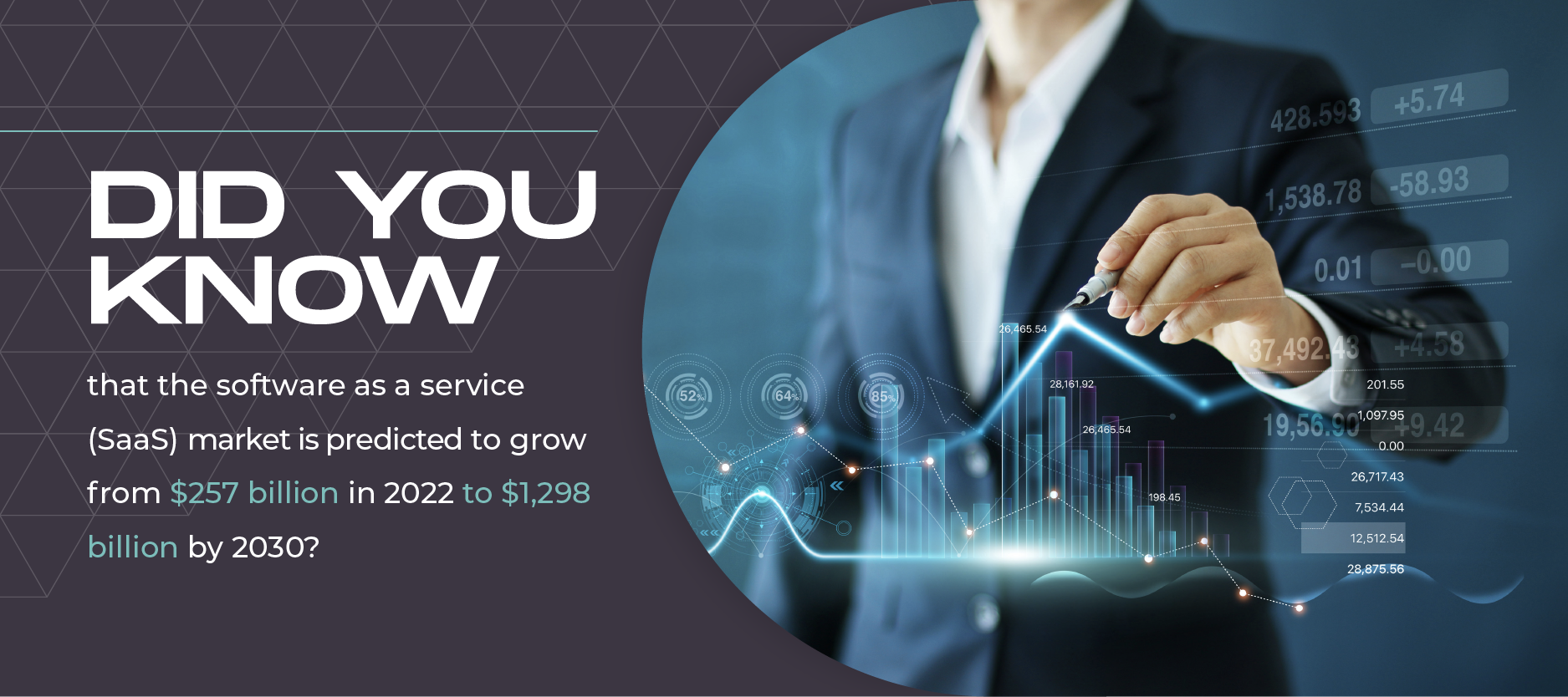
That's not just growth… It's a seismic shift, creating an unprecedented opportunity for sales teams seeking to refine their SaaS sales strategies.
To set the stage for this journey into the dynamic realm of enterprise SaaS sales, let's draw inspiration from a cinematic classic.
In the movie Glengarry Glen Ross, Blake, a successful salesperson, visits the real estate sales team and gives them a blistering motivational speech that has gone down in history as one of the best of all time.
During his talk, Blake points to the first three letters of the alphabet that he has written on the blackboard. “A-B-C,” he says as he points to each letter. “A, always; B, be; C, closing. Always be closing! Always be closing!”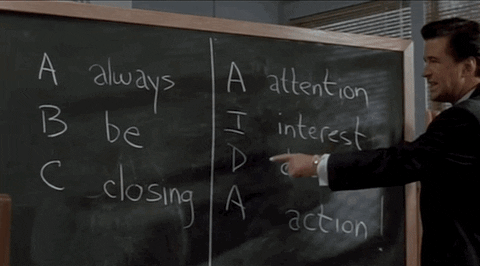
It’s an unforgettable scene, no doubt about it, and plenty entertaining. But in the world of enterprise SaaS, it’s not accurate. Not even close.
Hard sales tactics worked a few decades ago when pitching aluminum siding and three-bedroom bungalows, but they don’t work in SaaS enterprise sales and never have.
What Is Enterprise Sales for SaaS?
Enter the unique universe of enterprise SaaS sales, where buyers are not merely customers; they are sophisticated decision-makers, wielding knowledge and insights that can make or break a deal.
The sales cycles here are not mere sprints; they're marathons that stretch into the horizon, demanding a sustained, strategic approach.
What's more, the product being offered isn't something tangible that you can hold in your hand — it's an intangible service often elusive to the naked eye.
The Importance of Refining Your SaaS Sales Strategy
Within this captivating arena, sales teams face a series of distinctive challenges that set them apart from their counterparts in other industries. Conventional tactics fall short, and a fresh perspective is required to navigate the intricate web of enterprise SaaS sales.
So, what does work in this dynamic landscape?
In this next section, we will venture into the heart of these sales challenges, dissecting the roadblocks that loom large when selling enterprise SaaS solutions.
Let’s get started.
7 Challenges to Overcome When Selling SaaS Solutions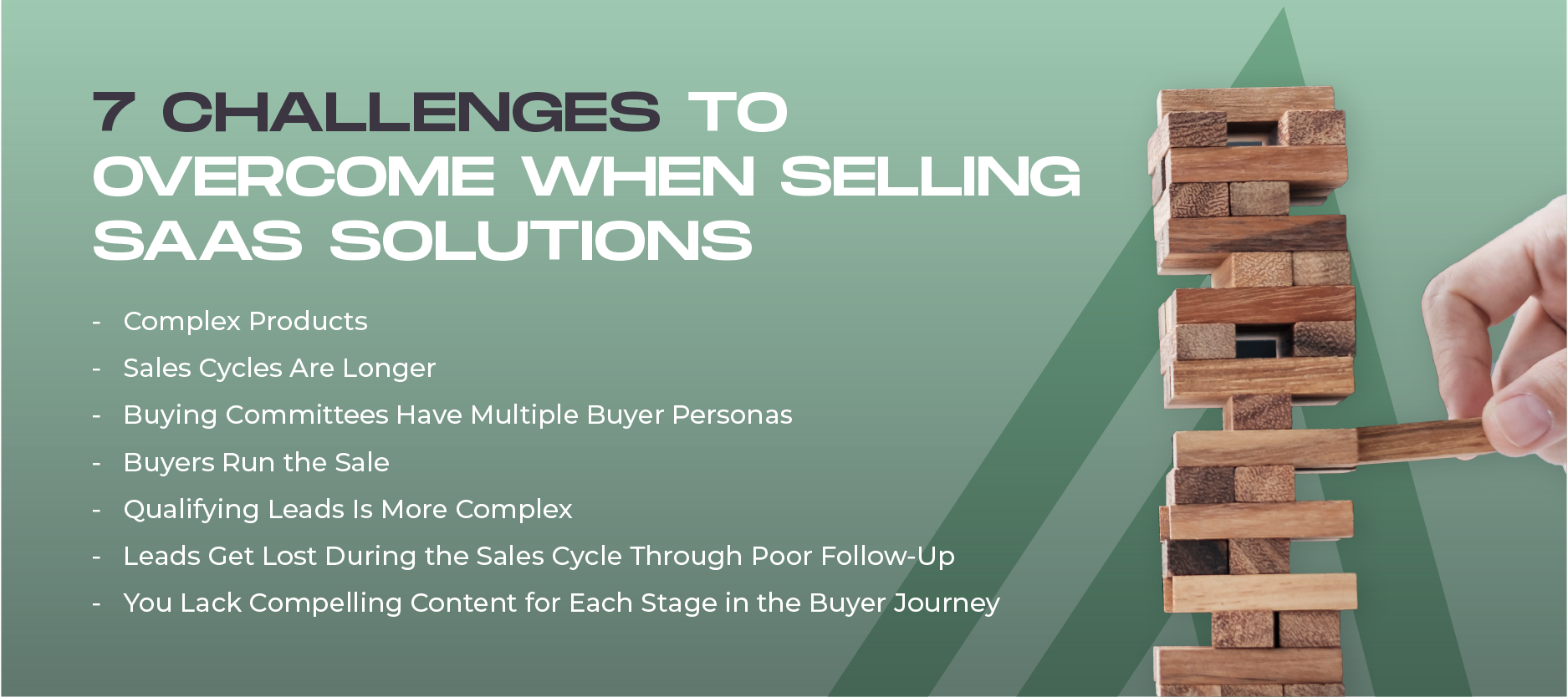
1. Complex Products
Today’s enterprises, by definition, are complex.
They are large corporations that manage hundreds or even thousands of employees. They typically operate across multiple locations and time zones, and often across multiple languages.
Enterprise SaaS, by definition, is also complex.
It must support a large number of users and user roles. It must support many if not most of the goals of the enterprise. And it must integrate with multiple other enterprise applications, such as enterprise resource planning, human resources management, payroll management, customer support, or marketing platforms.
In essence, the more complex a product is, the harder it is to sell.
Enterprise SaaS vs Consumer-Grade Saas
With enterprise SaaS, there are no free demos, no free trials, and no free versions. Enterprise SaaS typically requires extensive customization and configuration, making it expensive and time-consuming to implement.
Consumer-grade SaaS, on the other hand, typically requires no salesperson to sell it. Buyers simply visit the product page, pick the pricing tier that meets their needs and budget, and get started immediately.
This is the first challenge facing enterprise SaaS sales teams. Their products are complex. This means sales teams must spend more time and effort educating prospects, answering questions, conducting customized product demonstrations, talking with multiple decision-makers, negotiating customization options and support packages, and more.
2. Sales Cycles Are Longer
The second challenge facing enterprise SaaS teams is that buyers never buy within a day, a week, or even a month. Sales never happen with one simple transaction. Instead, there is a sales cycle.
The length of an enterprise SaaS sales process generally increases with the complexity and price of the solution. Complex, expensive solutions take longer to sell than less complex, less expensive solutions.
SaaStr founder Jason Lemkin estimates that SaaS solutions with an annual contract value (ACV) of $2,000 close within 14 days. Deals worth around $25,000 in ACV close within 90 days. And deals worth $100,000 or more in ACV close within 90 to 180 days, depending on the number of stakeholders who must approve the purchase.
Longer sales cycles are a challenge for enterprise SaaS sales teams for a number of reasons including:
- Forecasting Problems: Monthly and quarterly quotas are harder to predict and manage when sales cycles overlap multiple months and quarters.
- Navigating Staff Turnover: Longer sales cycles run into problems when the team members who are managing the opportunity leave the company and must be replaced by candidates who do not yet understand the buyer, the product, or the buyer’s stage in the sales cycle.
3. Buying Committees Have Multiple Buyer Personas
Enterprise SaaS buying decisions are typically made by a committee, not an individual. And this buying committee typically consists of multiple stakeholders from multiple divisions within the organization. Each of these stakeholders has different challenges, needs, and requirements.
For example, in the oil and gas space, buyers of enterprise software that’s used to manage contract labor often create buying committees that consist of up to 13 stakeholders, including:
- Maintenance Manager
- Procurement Manager
- Contracts Manager
- Controller
- Plant Manager
- Turnaround Manager
- EHS Manager
- Capital Projects Manager
Each of these buyer personas faces unique business and operational challenges that the software must solve. The challenge for SaaS sales teams is understanding and meeting the needs of these many stakeholders.
Another challenge of having so many buyer personas on SaaS buying committees is knowing which persona to approach when prospecting. Some stakeholders on the committee have more clout than others. Some are decision-makers, while others are simply influencers.
4. Buyers Run the Sale
There was a time when the only way a prospect could investigate an enterprise software solution was to talk with a sales representative. Sales teams held the keys to the kingdom. They played a vital role in the early stages of the sales cycle, educating prospects and fielding questions.
Today, buyers run the sale. According to a study conducted by Miller Heiman Group, more than 70% of B2B buyers fully define their needs before engaging with a sales representative, and almost half identify specific solutions before reaching out.
This means most buyers wait to contact sellers until late in the sales process. And this means that most buyers do not think sellers are necessary for much of the sales cycle. In the Miller Heiman study, just 23% of B2B buyers view sellers as a top resource for solving business problems.
Naturally, this is a challenge for enterprise SaaS sales teams.
When the majority of your prospects don’t consider you a top resource for solving their business problems, you must try even harder to refine your B2B SaaS sales strategy, demonstrate relevance, resolve buyer concerns, differentiate your offering, and exceed buyer expectations.
5. Qualifying Leads Is More Complex
In the world of consumer-grade SaaS, and SaaS aimed at small businesses, plenty of companies invest a lot of time and money encouraging website visitors to demo the product.
Then, they invest time and money persuading these leads to take a free trial. They typically view a lead who has requested a demo as more qualified than a lead who has not. And they typically view a lead who has taken a free trial as more qualified than a lead who has not.
But in the world of enterprise SaaS, a world that involves no free demos and no free trials, some sales teams are lulled into a false sense of optimism anytime a lead requests a demo. They see the mere act of requesting a demo as a signal that the lead is more qualified or more ready to make a purchase than a lead who does not.
This is obviously a problem since most of the folks who walk onto your lot and kick the tires and slam the doors are not ready to buy a car. In enterprise SaaS sales, you must work harder to qualify your leads.
Your product is more complex, your sales cycle is longer, and you have more buyer personas to qualify than you have with a simple $9.99/month SaaS subscription.
When your lead qualification process or lead scoring process is too simplistic, you waste a lot of time, money, and energy chasing low-quality prospects.
One way to improve your process is to put some lead-qualifying roadblocks in the way of leads who appear out of the blue requesting a product demo. Use a self-guided questionnaire to screen leads and protect your most valuable asset: your time.
6. Leads Get Lost During the Sales Cycle Through Poor Follow-Up
63% of people requesting information about your SaaS solution today will not purchase for at least three months. Another 20% will take more than 12 months to buy. This means you don’t have a lead-generation problem as much as a lead-follow-up problem.
Enterprise SaaS sales reps are notorious for ignoring leads that aren’t sales-ready. When the folks in marketing hand them a lead that is not ready to buy within the next 30 days, they follow up with them in half-hearted, inconsistent ways that result in the lead getting neglected and never converting into a customer.
According to InsideSales, 50% of sales happen after the fifth touch. But in too many enterprise SaaS sales cycles, sales reps give up before making that fifth touch. Their closing rates suffer as a result.
SaaS Sales Efficiency and Success Is All in the Follow-Up
In enterprise SaaS sales efficiency, the fortune is in the follow-up.
You must follow up with leads, nurturing them until they are ready to take the next step in their buyer journey. You must develop and deploy a systematic way of staying in touch with leads over time. You must nurture leads in ways that educate them, answer their questions, address their concerns, add value, and move them along your sales pipeline.
7. You Lack Compelling Content for Each Stage in the Buyer Journey
Today’s enterprise SaaS buyers are hungry for content.
They are eager to read white papers, watch product demo videos, download case studies, read blog posts, review original research, and consume other kinds of content that address the challenges and questions they have at each stage of their buyer journey.
The challenge for many enterprise SaaS sales teams is that they are sellers, not writers. They are used to pitching products, not providing content. This is why many sales teams lack the content their prospects need.
Other than a few product spec sheets and a case study or two, they lack the library of content they need to add value during the buyer journey. They forget that buyers want content, not collateral.
Yet sales teams that engage and challenge prospects are twice as likely to hit quota. They do this with content that is mapped to each stage in the buyer journey, from awareness to consideration to decision.
When salespeople deliver the right content to the right prospects at the right time, they generate 50% more sales-ready leads at 33% of the cost. In other words, content leads to contracts. 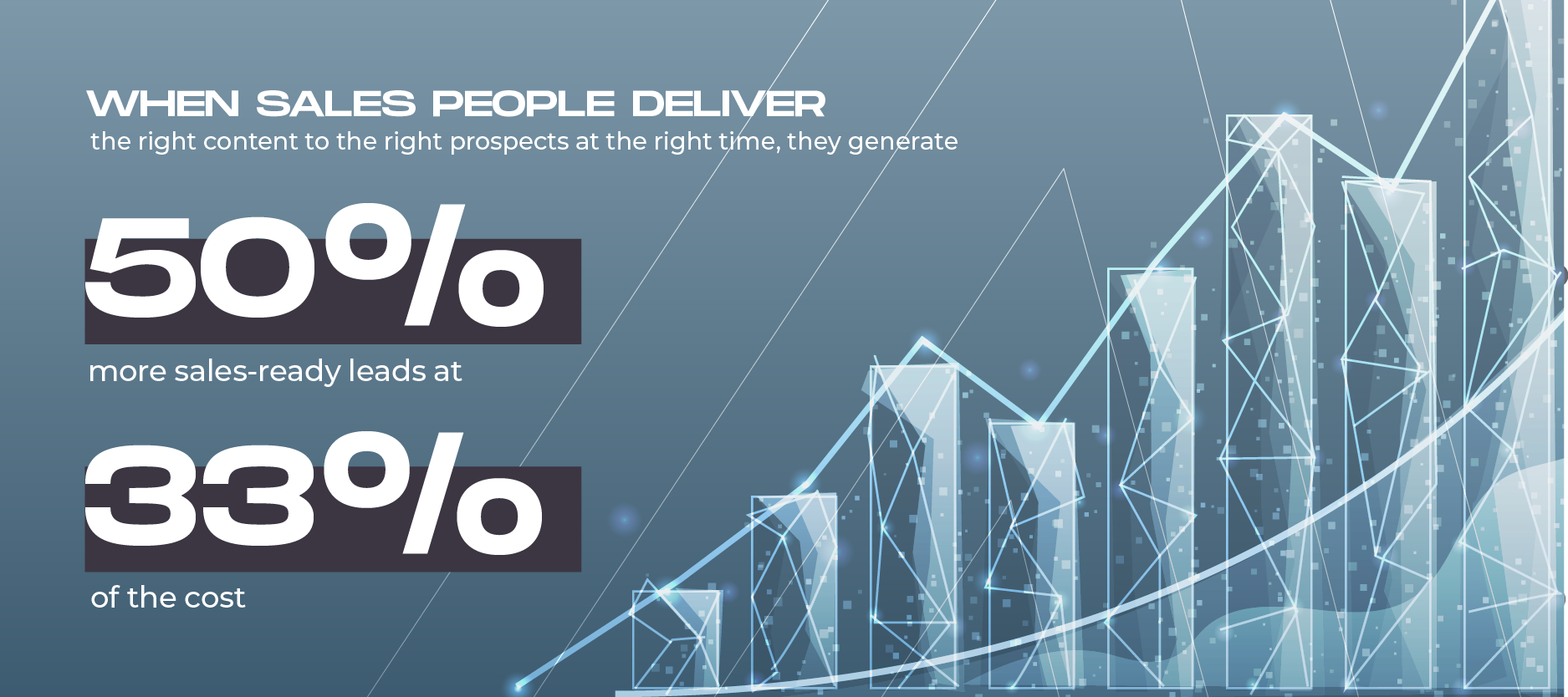
Driving SaaS Sales Efficiency Through Strategy
To succeed at enterprise SaaS sales, you must first understand the challenges you face that are unique to your customers and to your sales cycle.
Once you appreciate that enterprise SaaS is more complex, the sales cycles are longer, and the buying committee is larger and more complex than you find with simple SMB SaaS, you are ready to adjust your approach.
Once you understand that today’s buyers run the sale and need relevant, timely content before making a purchase, you are ready to meet their needs and help them make that purchase.
Whether your software is highly technical, constantly changing, or getting lost in a sea of similar tech solutions, LAIRE has strategies to boost growth for your business.
Ready to take the first step? Get our sales enablement guide for improving your enterprise SaaS pipeline.